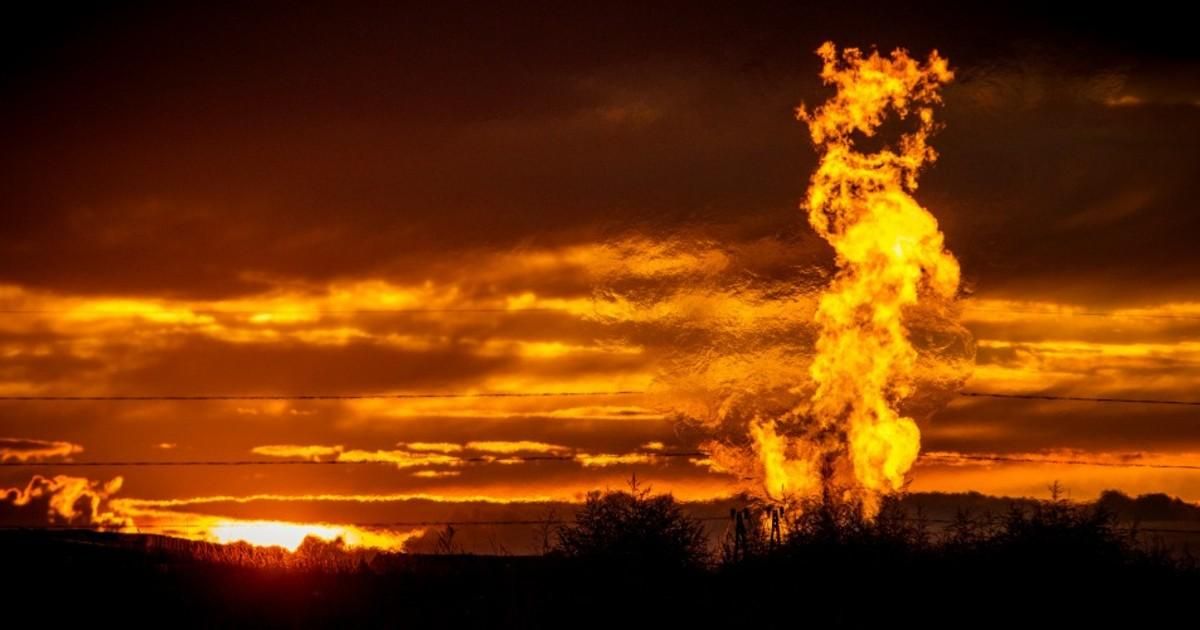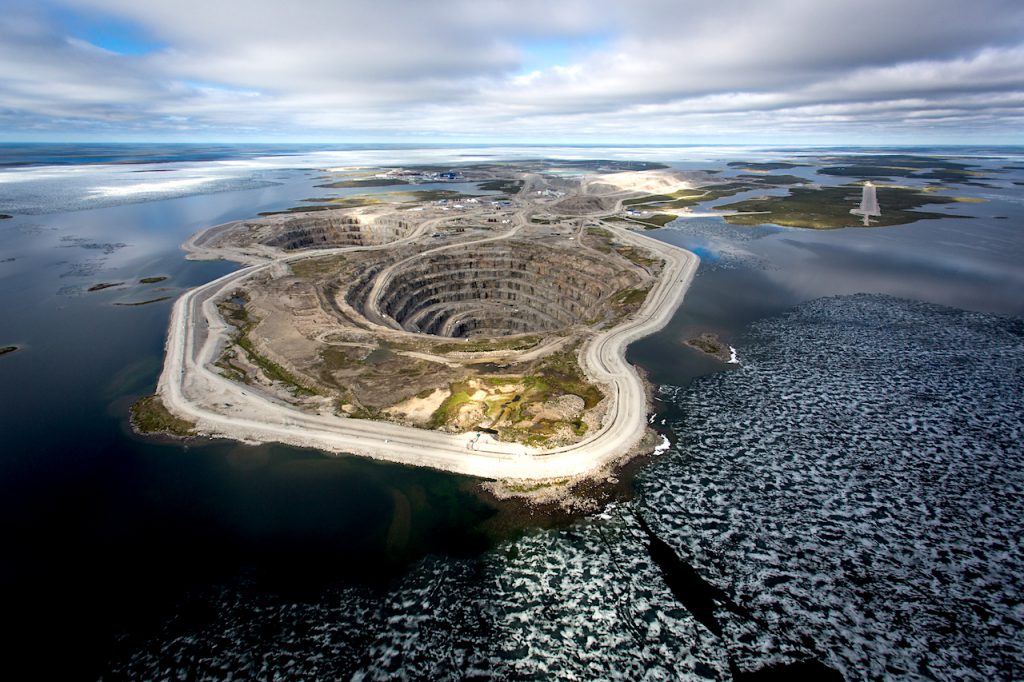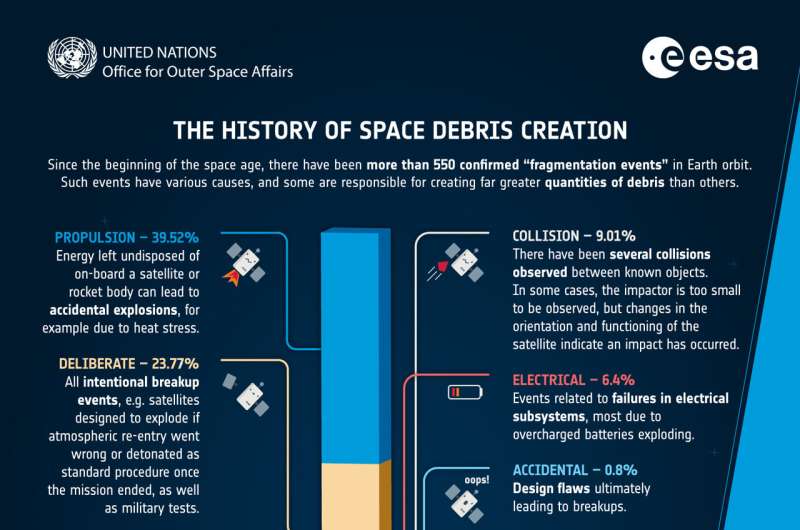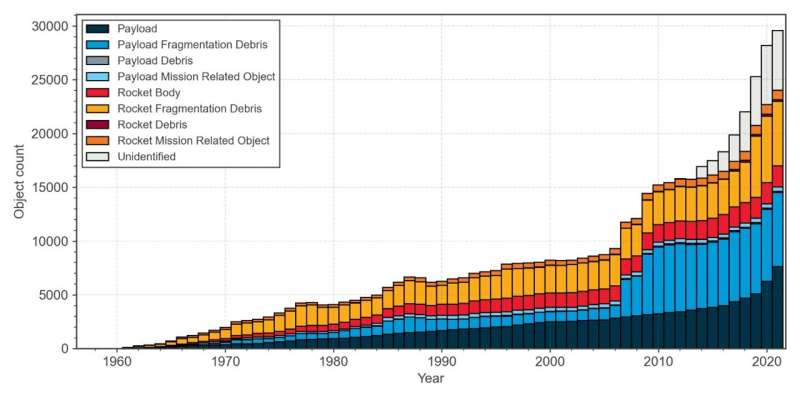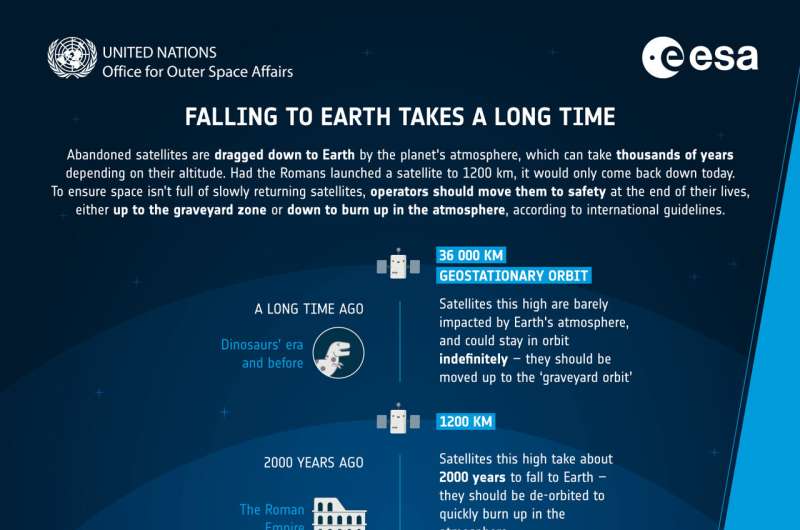How many people have to die by our hands—how big do the piles of women's and children's corpses have to get—before mass murder (war) begins looming as wrong?
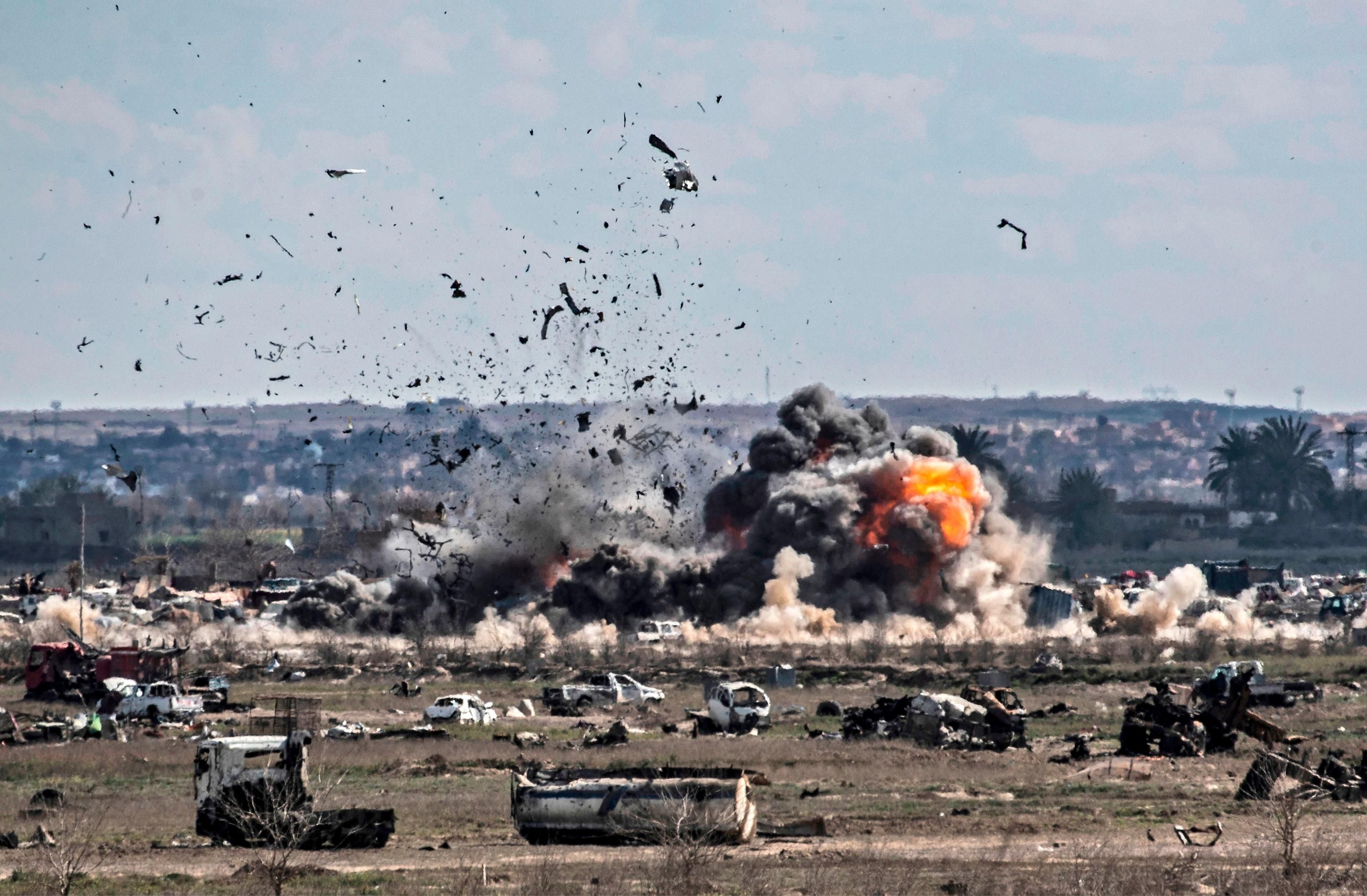
Smoke and fire billow after shelling on the Islamic State group's last holdout of Baghouz, in the eastern Syrian Deir Ezzor province on March 3, 2019.
ROBERT C. KOEHLER
A new defense budget looms. Maybe we're running out of wars to fight, but no matter. The proposed figure before Congress is bigger than ever: $778 billion.
How fascinating—and how irrelevant—that the vote is scheduled just a few days after the New York Times published its investigation of a U.S. airstrike in Baghuz, Syria two and a half years ago, which the Defense Department had been desperately trying to cover up.
When people are dehumanized as "the enemy," killing them, especially if powerful weapons are under your control, becomes nothing more than an abstraction.
America, America . . . shall we celebrate our country, boys and girls? Here's a passage from the story: "Civilian observers who came to the area of the strike the next day found piles of dead women and children."
One of the observers said: "There was a lot of freshly bulldozed earth and the stink of bodies underneath, a lot of bodies."
The massacre took place on March 18, 2019. The U.S. military was searching for ISIS members, who apparently were "cornered in a dirt field" just outside Baghuz. A military drone circled overhead, but its camera revealed only "a large crowd of women and children huddled against a river bank."
Nonetheless, to the amazement of the military personnel who were monitoring the drone, they saw a U.S. fighter jet zoom in and pummel the field with a 500-pound bomb. Another jet followed, dropping two 2,000-pound bombs on the women and children. The instant death toll was about 80 people.
Huh? What happened?
What happened was this: When people are dehumanized as "the enemy," killing them, especially if powerful weapons are under your control, becomes nothing more than an abstraction. This is the nature of war! Even those who aren't actually involved in the conflict—you know, civilians—quickly and easily become collateral damage: They were in the way. We're waging a war against evil. Killing gets easier and easier and easier, and hell remains ensconced on Planet Earth . . . thanks in large part to us, the most powerful nation on Earth, the most financially committed to a future of endless war.
Specifically, as the Times story reported: ". . . the bombing had been called in by a classified American special operations unit, Task Force 9, which was in charge of ground operations in Syria. The task force operated in such secrecy that at times it did not inform even its own military partners of its actions."
In other words, the USA and its allies are waging multiple wars in the Middle East. One of them is public and respectable: No war crimes permitted! But the other one is free of any sort of legal bureaucracy and does what it wants, claiming, whenever necessary, that it took the action it did because troops were in imminent danger. Under such circumstances, legal approval of a military strike isn't necessary. Just do it, and if there's fallout later, hide (i.e., classify) the details, minimize (lie about) the results and, if necessary, have an official spokesman express a meaningless and absolutely consequence-free token of regret and wait for everyone (except the families of the dead) to forget about it and move on, e.g.:
"We abhor the loss of innocent life and take all possible measures to prevent them," the chief spokesman for the U.S. Central Command said in a statement, according to the Times. "In this case, we self-reported and investigated the strike according to our own evidence and take full responsibility for the unintended loss of life."
Any questions?
The only questions I have feel too big, that is to say, too naïve, to ask, but let me ask them anyway, directed in particular at those members of Congress who shrug and give the military-industrialists whatever they ask for, year after year:
How many people have to die by our hands—how big do the piles of women's and children's corpses have to get—before mass murder (war) begins looming as wrong? Are you too much of a coward to demand a complete rethinking of the meaning of national defense? Are you too stupid to realize that Planet Earth is a single planet, and that security for one can only mean security for all? Are you incapable of seeing that dehumanizing people is wrong—and counterproductive—and must not be the basis of national security? As "the leader of the free world," can we not take the lead in evolving beyond war, borders and national dominance? Is the soul of the nation dead?
War dehumanizes everyone it touches, as Paul Tritschler put it, writing at Open Democracy:
"Dehumanization—the process of debasing one's perceived enemy—is not the preserve of evil people: humiliation, alienation, non-recognition, exclusion, the indiscriminate slaughter of civilians, and even campaigns of genocide, all fall well within the realm of possibility for the majority of human beings. There are many examples since WW2 of dehumanization at the extreme: Vietnam, Indonesia, Rwanda, Sudan, Iraq, Palestine, Libya, Somalia, Afghanistan and Syria, where populations have also been described as less than human, and where civilians have been killed as a result of so-called 'precision bombing.'. . ."
At best, change comes slowly. At worst, it doesn't come at all—or rather, it comes on its own terms, as the consequence of ignorant behavior. We are at the brink of God knows what. Perhaps oblivion. All of us, you might say, are huddled in the dirt field outside Baghuz.
One way to meet this future is with these words of Pierre Teilhard de Chardin: "Some day, after mastering the wind, the waves, the tides, and gravity, we will harness for God the energies of Love, and then for the second time in the history of the world, man will have discovered fire."
Our work is licensed under Creative Commons (CC BY-NC-ND 3.0). Feel free to republish and share widely.

Robert Koehler is an award-winning, Chicago-based journalist and nationally syndicated writer. His book, "Courage Grows Strong at the Wound" (2016). Contact him or visit his website at commonwonders.com




